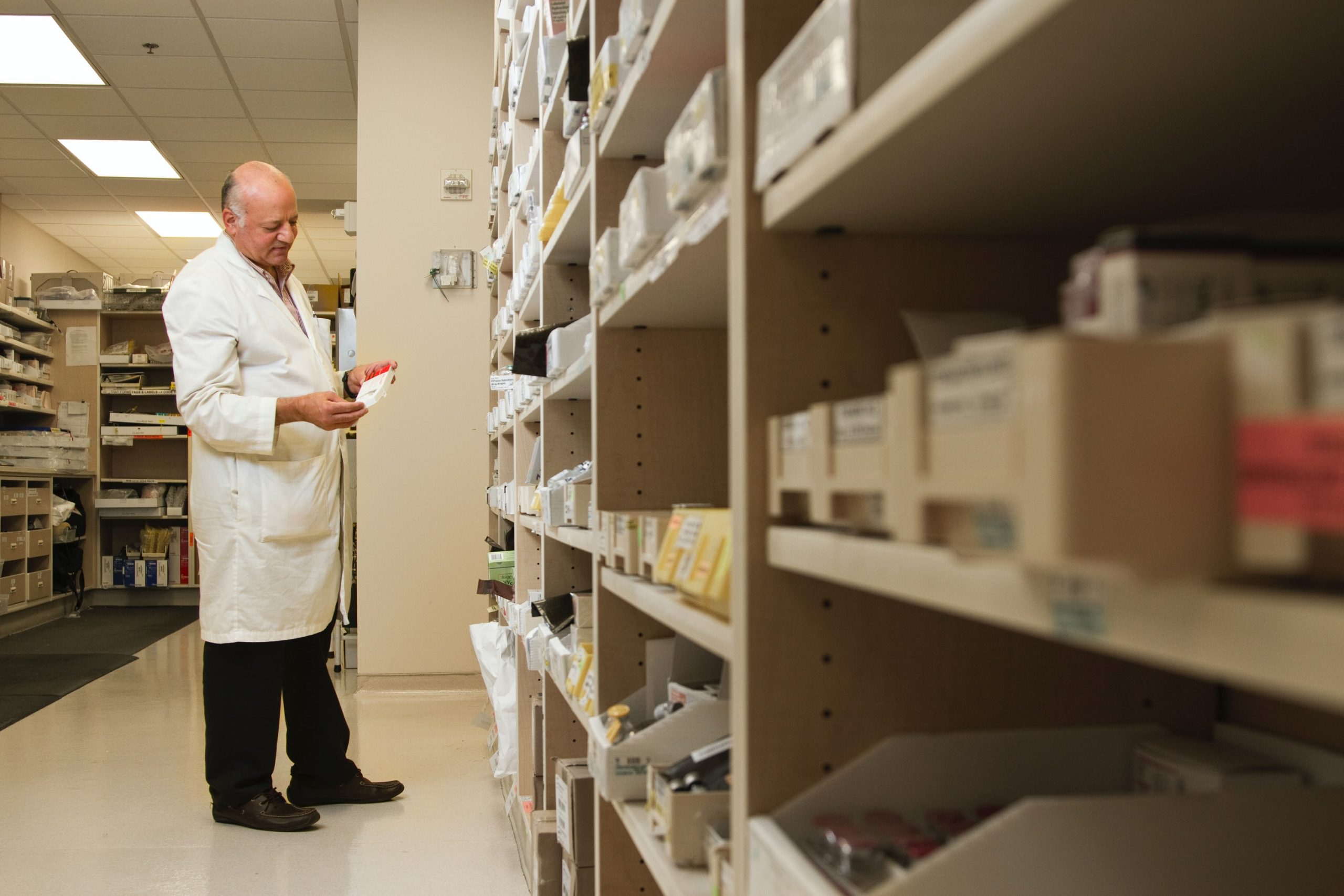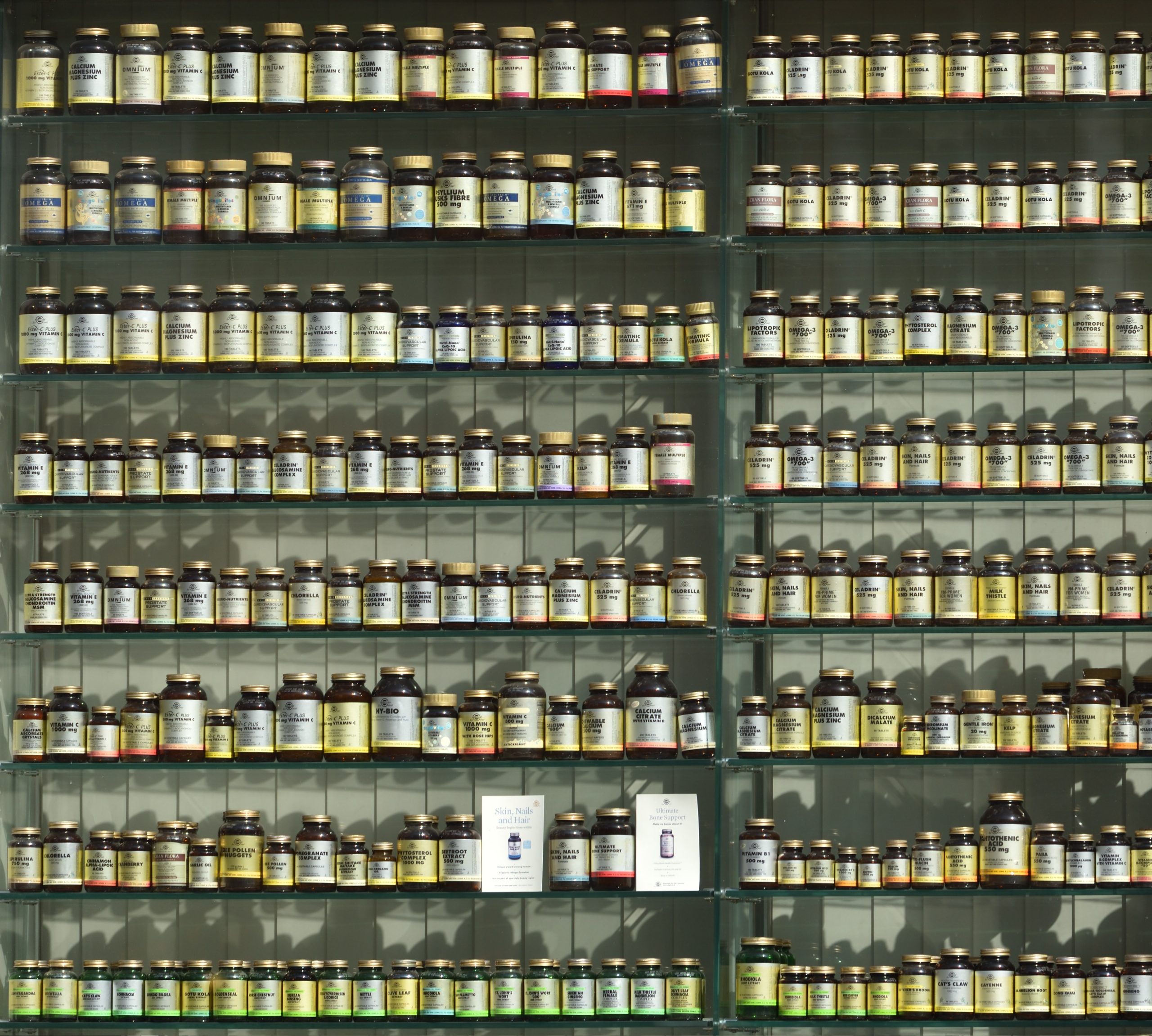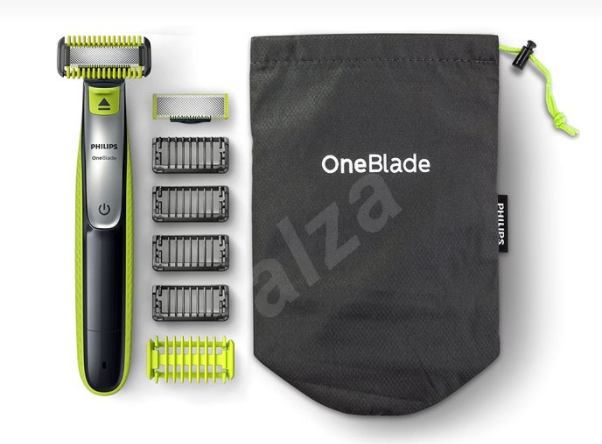Pharmaceutical Warehousing offers a full range of pharmaceutical warehousing services, such as cold storage and distribution of pharmaceuticals, bulk pharmaceutical ingredients, and medical equipment.
Cross-Contact Avoidance
Pharmaceuticals are delicate goods that don’t always get along with other stuff. When exposed to other products, the effectiveness of several medications can be significantly harmed. Cross-contamination (the exposure of one product to another) must be avoided in pharmaceutical storage facilities such as 3PL warehouses.
Among the cross-contact-prevention strategies are:
Material separation is a term used to describe the process of separating materials. Separate – and kept separate – products in the pharmaceutical warehouse are required. This includes goods transportation via unapproved regions. Certain items, for example, can only be unloaded, stored, or moved by authorized workers within a specific part of Kanban’s warehouses.
Associates’ education Warehouse employees must be properly taught to spot possible allergies in the facility, cross-contamination risks, and facility regulations and procedures.
Sections of the facility are labeled. Unapproved equipment and unauthorized persons must be stopped from entering areas of the warehouse housing sensitive products.
Efforts to clean up. After handling any pharma product, associates must wash their hands with soap and water. Appropriate clothes must be worn, and it must be changed or cleaned on a regular basis. According to facility and/or regulatory standards, equipment and storage facilities must be maintained and cleaned.
Supplies are labeled. Stretch-wrap and pallets, for example, might be designated for a single product type and used exclusively for that product kind.
Rejected things are quarantined. To avoid their usage, rejected pharmaceutical goods must be properly recognized and quarantined. Similarly, any item with incomplete or inappropriate packaging should be removed from the product pool until it can be repackaged or thrown.
 Mock Recalls and Recalls
Mock Recalls and Recalls
Products that are damaged or near expiration, recalled for safety reasons, or otherwise designated for removal from circulation by the manufacturer are common recall events. The 3PL should be able to instantly determine the item’s location and separate the goods in question using its WMS, as all products are scanned upon initial arrival into the warehouse. The products have been placed on hold until further instructions are received. Typically, the client will pick up the things to be destroyed, or the 3PL will be ordered to destroy them and give the customer with evidence of the destruction.
You should test your 3PL’s ability to manage false recalls before determining if it can handle genuine ones. “Mock recalls” are a crucial aspect of your 3PL’s food and pharmaceutical warehouse management. These simulated recalls serve as “warm-ups” for actual recalls. Importantly, they should be staged with the same care and attention to detail as the genuine thing.
Typically, a fake recall goes like this:
The client and 3PL coordinate the event’s specifics, including the’recalled’ goods and other pertinent information (e.g., lot numbers).
The warehouse management system (WMS) flags items, assigning them to a separate hold location and preventing them from being dispersed. If the recalled goods was dispatched, the WMS can track which lots were sent and where they were sent.
Warehouse employees are alerted, and colleagues are instructed to follow certain procedures.
Items that have been recalled are removed from the main warehouse floor and stored in a separate holding area.
As items enter the hold location, the WMS is updated, and all warehouse workers is advised of the location, with appropriate signs shown.
The customer has been informed, and the 3PL supplier is waiting for additional instructions (e.g., whether to hold, arrange destruction of items, etc.).
When a “genuine” recall is implemented, the procedure is…well, the same as when a fake recall is implemented. The actual thing should work like a well-oiled machine after systems and employees have gone through productive trial runs.




